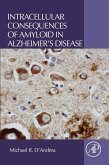
eBook, ePUB
21. Februar 2016
Elsevier Science & Techn.
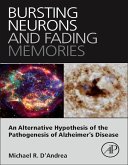
eBook, ePUB
10. Oktober 2014
Elsevier Science & Techn.
Ähnliche Artikel
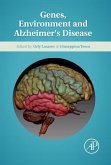
eBook, ePUB
25. Februar 2016
Elsevier Science & Techn.
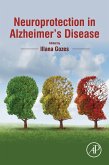
eBook, ePUB
30. Dezember 2016
Elsevier Science & Techn.
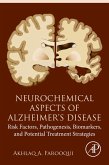
eBook, ePUB
25. Mai 2017
Elsevier Science & Techn.
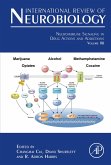
eBook, ePUB
28. August 2014
Elsevier Science & Techn.

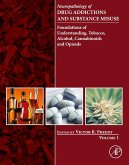
eBook, ePUB
7. März 2016
Elsevier Science & Techn.
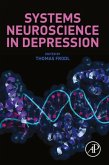
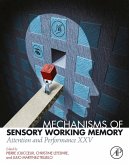
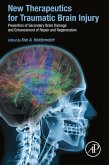
eBook, ePUB
27. September 2016
Elsevier Science & Techn.
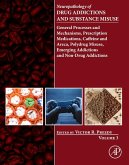
eBook, ePUB
25. April 2016
Elsevier Science & Techn.
Ähnlichkeitssuche: Fact®Finder von OMIKRON
